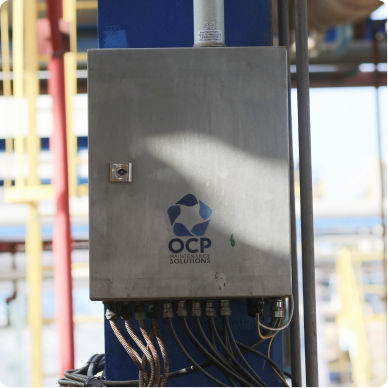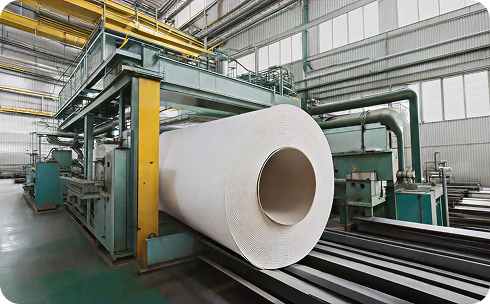








.png)


Condition monitoring is the process of tracking the health of machines and equipment by collecting and analyzing real-time data. Sensors measure vibrations, temperature, and other key parameters, which are then sent to a monitoring system for analysis.
By comparing this data with normal operating levels, the system can detect anomalies, critical failures, or early signs of wear. This allows industries to perform predictive maintenance instead of waiting for breakdowns, reducing downtime and extending machine lifespan.
In short, condition monitoring uses data, sensors, and analysis tools to keep equipment reliable, safe, and efficient.

The most effective condition monitoring techniques focus on measuring key machine parameters with high precision. Common methods include:
These techniques work best when combined into a single condition monitoring system, providing real-time data and predictive insights. This allows maintenance teams to detect early failures, protect critical equipment, and extend machine lifespan.

Condition monitoring improves operational efficiency by helping companies detect problems early and reduce unplanned downtime. By using sensors to track vibration, temperature, and other data, it gives a clear view of machine health in real time.
With this information, maintenance teams can plan repairs at the right time, instead of waiting for critical failures. This reduces costs, extends the lifespan of equipment, and keeps production running smoothly.
Condition monitoring systems also improve safety and performance, since machines are kept in better condition and processes stay stable. Overall, it turns maintenance into a predictive and data-driven process, boosting both reliability and productivity.